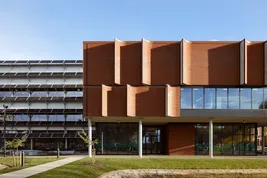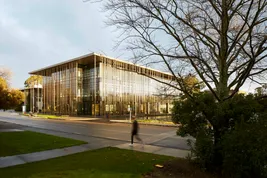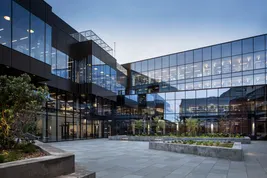Fostering a customer-focused culture that supports hybrid working, shared labs and innovation hubs
Environmental Science Research (ESR) Kenepuru Science Centre
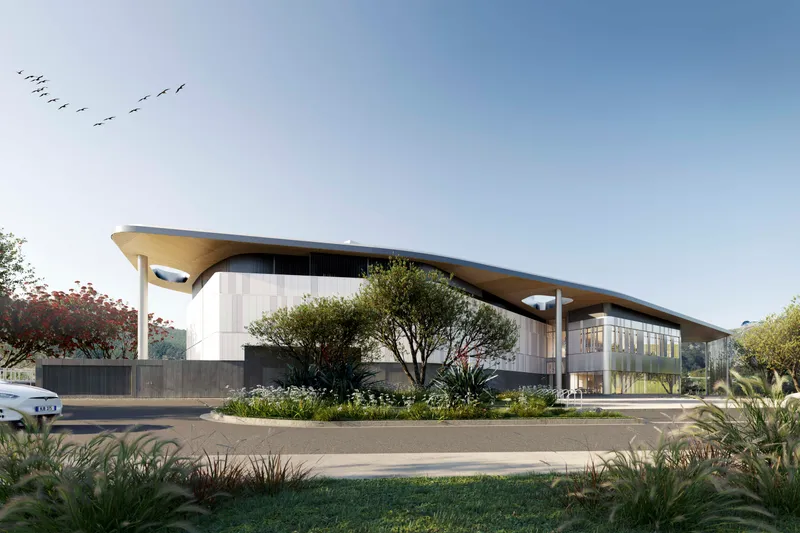
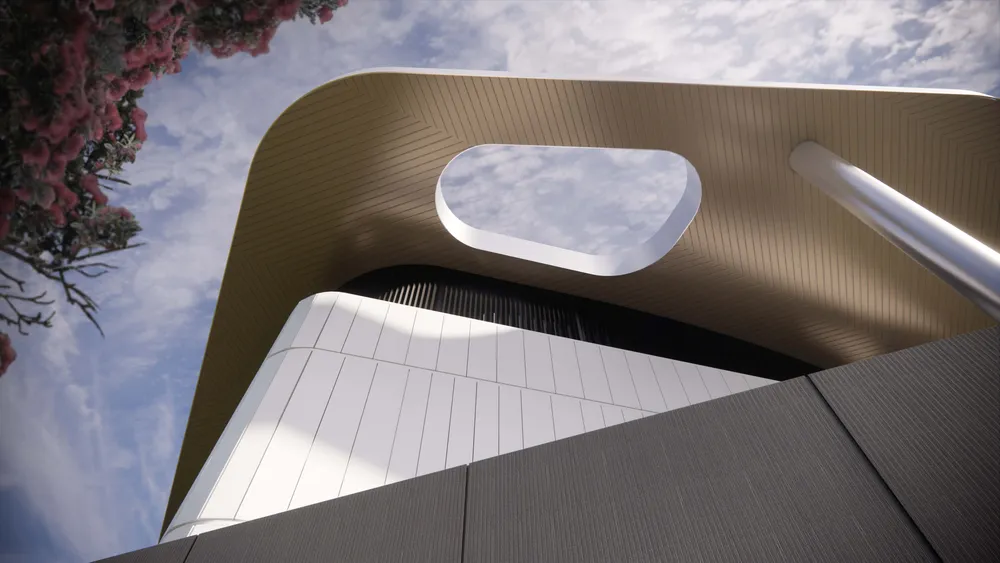
ESR is New Zealand's Crown Research Institute dedicated to enhancing the health, wellbeing, and safety of our communities. This new facility will feature a dynamic innovation hub alongside 1,500m² dedicated to cutting-edge laboratories and a forensic services centre. Designed as a catalyst for creating innovative products and services, the building aims to foster a collaborative environment, promoting interdisciplinary research and partnerships both within ESR and with external stakeholders.
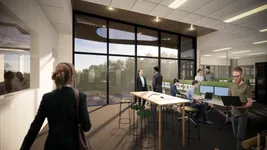
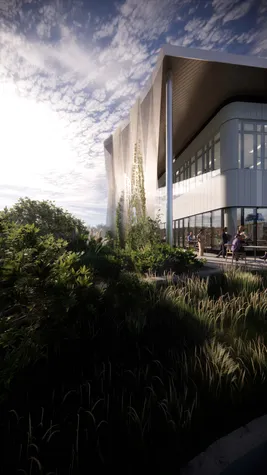

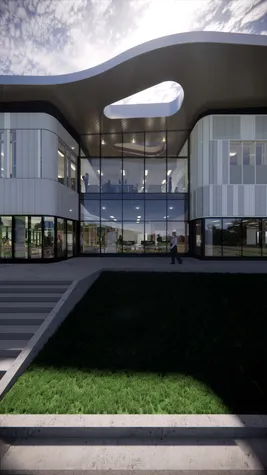
World-class science facility
This two-storey structure supports specialist PC2 (Physical Containment Level 2) laboratories and office functions with efficient floorplates, meeting the highest standards in scientific research. The state-of-the-art facility enhances ESR’s capabilities in genomic sequencing, forensic science, and health and environmental sciences, while housing the Wellington Forensic Services Centre.
Purpose-built laboratories and innovation hub
The laboratories feature open, flexible environments designed for contemporary workflows and safety compliance. These spaces maximise resource efficiency, with specialist areas tailored to specific research needs. The Innovation Hub fosters creativity and technological advancement, supporting training, teaching, and product development.
A design rooted in cultural collaboration
The design reflects a collaboration with Ngāti Toa Rangatira, integrating Mātauranga Māori with scientific innovation. The Puna (underground stream) on-site guides the facility's layout, creating harmony with the natural landscape. The building’s form, inspired by the rau kawakawa plant, features a roofline that supports rainwater harvesting and solar generation. Cultural elements are integrated throughout the space, ensuring a lasting connection between the facility, people, and environment.
Sustainability and environmental stewardship
The ESR facility prioritises sustainability with systems to monitor emissions and promote energy efficiency. The project has achieved a 5 Star Green Star Design & As Built NZv1.0 Certified Design Review rating – the first laboratory building to be Green Star certified in New Zealand. The building’s solar panels, rainwater harvesting, and electric vehicle charging stations help reduce energy consumption and carbon emissions. Material selection focuses on reducing embodied carbon, while biophilic interior design enhances occupant wellbeing. Future flexibility ensures the facility adapts to evolving scientific needs.
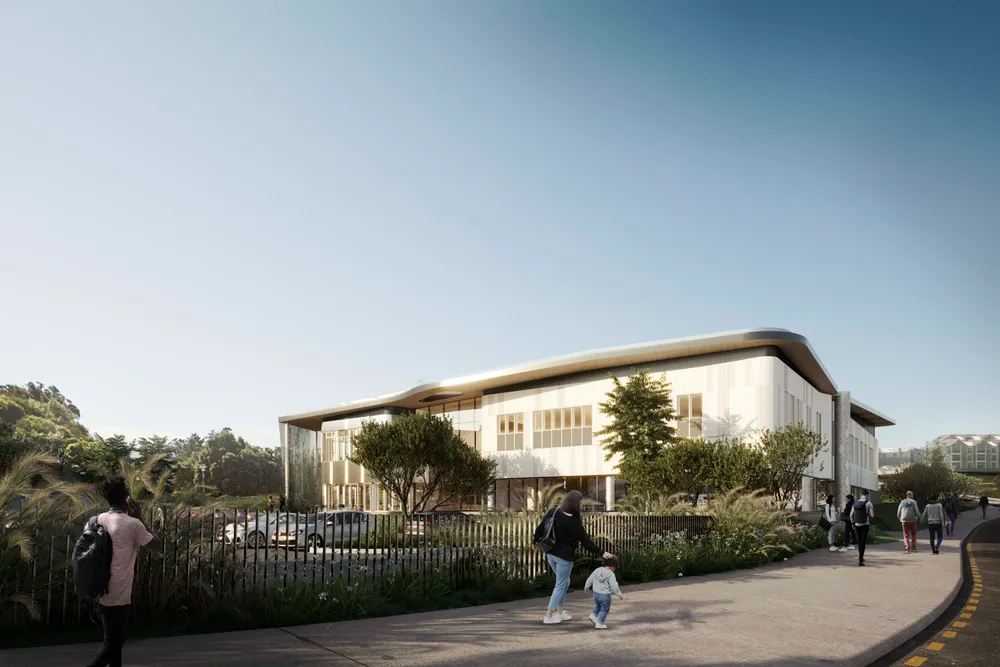
Collective Effort
Collective Effort





